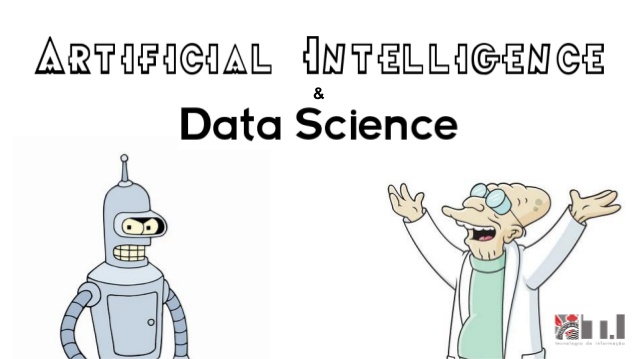|
(Image originally found in this slideshow)
Lately there is a lot of talk on AI, particularly how it applies to data science and data analytics in general. Many people even confuse it with machine learning (ML), since most modern ML systems employ AI in one way or another. In this post I’ll share my experience on this matter and hopefully shed some light on this somewhat obscure topic, highlighting the most foxy aspects of it. In essence, Machine Learning is a set of algorithms that can be programmed in a computer (or some machine with some computational capacity) enabling some kind of learning from data. The first ML systems were Stats-based, since that’s what people in the data analytics field knew back then. Systems like LDA and Logistic Regression were the norm and for some people it is still the go-to method for tackling data analytics projects. As there were fox-like people back then too, gradually we started moving towards more innovative methods of teaching computers how to achieve generalization (this is the core aspect of every learning endeavor). Systems like k nearest neighbor (kNN) and artificial neural networks (ANNs) came about and offered an interesting alternative to the Stats-based ML methods. Gradually, the spectrum of ML increased as more and more systems were developed, such as support vector machines (SVMs) and ensemble structures (amalgamations of classifiers or regressors). Artificial Intelligence developed almost independently and has to do with making computers (and machines in general) reason in an independent manner, resembling the way humans reason. That’s not to say that AI systems emulate human thought, even though there have been attempts in that direction. Human thinking is far more complex as it involves other aspects that are really hard to represent programmatically (e.g. feeling, intuition, etc.). Therefore, AI has traditionally focused on data analytics projects, particularly text analytics, though it has also been applied on the reverse process too: text synthesis and creativity. Yes, AI systems have been creative too. Although they haven’t managed to open up an art gallery lately, there have been poems, musical compositions, and even paintings that have been developed by AI-imbued computers. Although all this is quite fascinating, as a data scientist, you may not be that interested in the quaint poetry developed by an AI (like this one). If you are like me, you probably care more about how AI can be useful in deriving insights from data and doing so in an efficient manner, probably using some fast programming platform like Julia. AI-based systems like deep learning networks, neurofuzzy classifiers, and evolutionary computation systems that are on the back-end of ML ones, to name a few, are such cases. These are AI-based systems that are geared towards ML-related applications. Keep in mind though that these are but a few of these systems, since there may be more out there that fall into this category. Even if some of them are not so popular as the deep learning ones, they may be as robust. For example extreme learning machines (ELMs) promise to deliver accuracy that rivals that of deep learning networks, with a fraction of the computational cost. So, if you wish to work on this part of data science, which also happens to be the frontier of the field, be prepared for AIs that may challenge your own intelligence in one way or another!
0 Comments
Your comment will be posted after it is approved.
Leave a Reply. |
Zacharias Voulgaris, PhDPassionate data scientist with a foxy approach to technology, particularly related to A.I. Archives
April 2024
Categories
All
|

 RSS Feed
RSS Feed